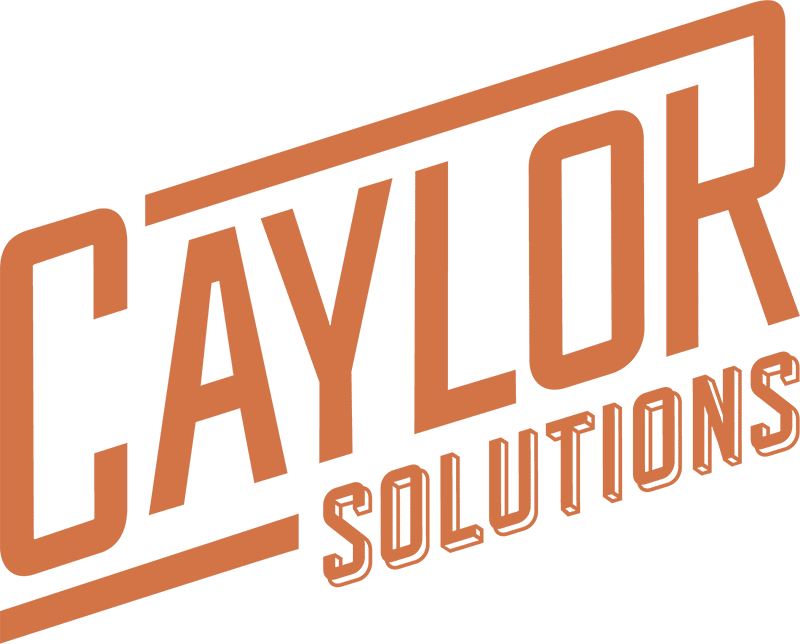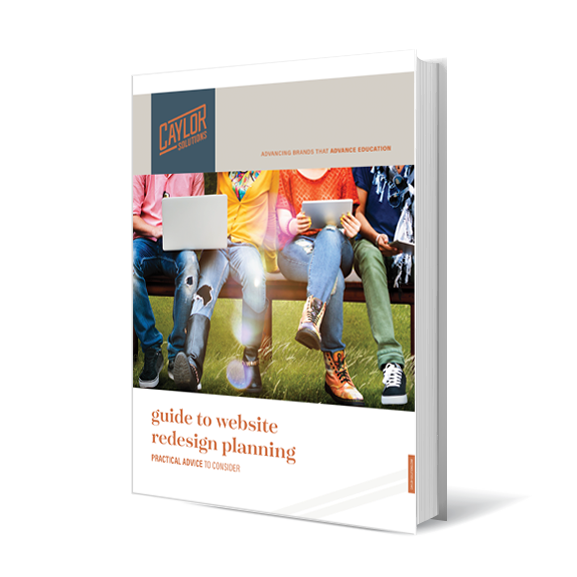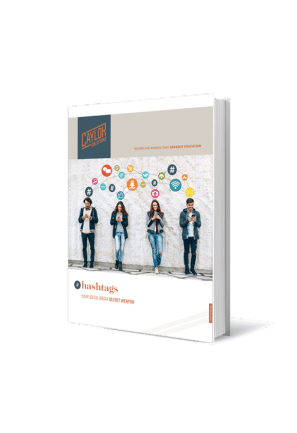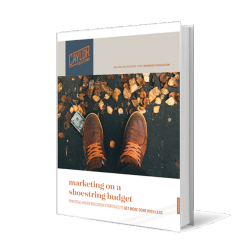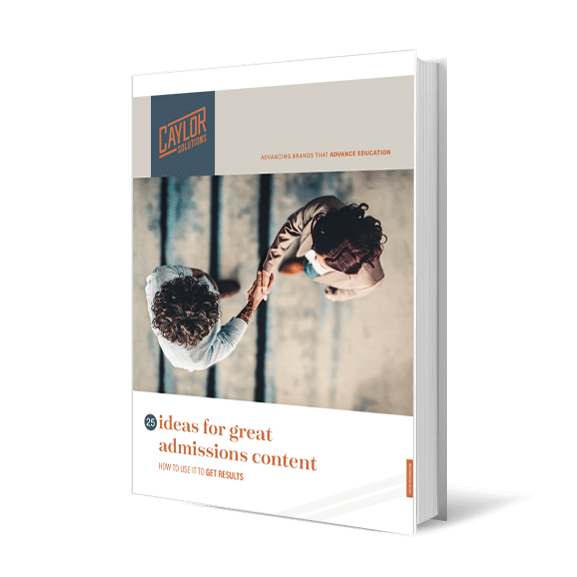When placed within the larger context of an inbound marketing strategy, pay-per-click ads are a powerful tool to drive traffic to your enrollment-focused website.
If you’re already driving traffic to your site by running PPC ads, you probably already have a strategy that you use.
Despite the success you’ve had using that strategy, you’ll want to keep an eye out for some changes coming down the road.
Since the pandemic, many higher ed marketers have gone to pay-per-click ads to generate leads.
In the near future, Google will be changing its cookie-based metrics, and the playing field will change significantly.
That’s why we reached out to PJ Wenzel and Marty Gray, the President and Vice President of Ring Digital respectively, to get their take on the changes to come and how you – as an education marketer – can leverage these changes for your marketing strategy.
Here are some highlights of our conversation with PJ and Marty where they explain these coming changes in PPC marketing and how higher ed marketers can effectively use their data.
Changes Coming to Google’s Cookie-Based Metrics
Currently, Google uses a technology called “cookies” to collect user behavior and other data points.
A cookie is a small file which is stored on a user’s computer. It is designed to hold a modest amount of data specific to a particular visitor and website, and can be accessed either by the website’s server or the visitor’s computer. – whatarecookies.com
When you create a pay-per-click ad and you direct your campaign at a specific audience, Google uses the information in these cookies to select the people who will see your ad.
It’s important to note that the information Google uses to target your audience and personalize your messaging is located in these cookies, which are located on the users’ Internet browsers.
Critically, you need to understand that this kind of data does not belong to you.
It is data the user permits Google to use when placing your pay-per-click ads.
This is important because if Google ever changes how they will use these cookies – which they say they are going to do – you have no control over the changes.
That means your pay-per-click ads could lose access to your target audiences, rendering them almost useless.
PJ and Marty kicked off our conversation by explaining the big shift that’s about to happen.
For the last 10 to 12 or more years, digital ads, either through Google’s ad network or other ad networks, have all been based on a type of behavioral targeting, which is foundationally based on the cookie.
When we talk about behavioral ad targeting, there’s a couple of ways to think of it.
Cookies have been used to track and basically store information on how people behave online. However, with the rise of automation, more bot traffic, and more demand for transparency, that model has stopped working.
Google has recognized that, and that’s why they have started working on FLoC, as they call it. [Which basically means that] cookies are going away. This model of targeting from an online behavioral standpoint currently is going away.
So then, what’s next?
No one really knows the details of the changes that Google is going to make.
Even Google is still deciding on how to proceed forward as they keep extending the timeline for the change to happen.
One thing for sure, there will be changes to come.
If cookie-based metrics is going away, how can you create relevant, successful pay-per-click ads?
Collect and Use Your Own Proprietary Data
If you own the behavioral data and other kinds of data on your prospective students and other audiences, then you’ll never be at the mercy of these kinds of massive shifts in the marketing world.
PJ and Marty discussed this important strategy by mentioning our previous conversation with Jay Baer.
On your last podcast, I was listening to you guys talk to Jay Baer. One of the things you guys talked about was the need for universities to be collecting more and more of their own proprietary data.
This is the first thing I would recommend to any college or university that is using pay-per-click ads to reach their audiences.
Don’t fully rely on data that you don’t fully control.
The more data you store in your own data centers and CRMs like Salesforce, Hubspot, and others, the more safe you are from the volatile changes Google and other tech giants will be making in the future.
Switch to Other Targeting Methods
Besides gathering and using your own data, you can also switch to targeting methods that don’t rely on cookies.
PJ and Marty talk about this in depth in our conversation.
How do we target [our audiences when the cookies go away]? That’s where the university’s data comes in. [You can also use] other hard data sources.
Instead of gathering online behavioral data from cookies batched into segments by big companies like Oracle or BlueKai, a more elegant use is simply to use proprietary hard offline data and match that to hardware specs.
[This kind of targeting uses] a device ID or some other real, live device type identifier that connects the user target with the data that the university has already.
[At Ring Digital], we see the impact from offline-based data.
While online behavioral [targeting] is powerful, if I go online to Men’s Health, or MSNBC or whatever, it doesn’t say as much about me as if I were to go into Dick’s Sporting Goods and purchase something.
In other words, what we do with our bodies in the physical world and what we do with our money in the real world has a more significant impact than what we happen to click on in a website.
Because that is true, inherently, we need to be able to market to people based on that [real-world] behavior if we really want to have an impact.
Real-World Targeting Methods for Pay-Per-Click Ads
So what does all that mean in layman’s terms? I’ll use myself as an example.
I carry my phone pretty much everywhere I go.
My phone is a piece of hardware that has a MAC address and other kinds of hardware identifiers, like serial and model numbers, that are unique to that phone.
My data is connected to that piece of hardware whether I’m sitting in a parking lot, or I just drove through campus, or I’m with my kids on vacation.
With hardware-based tracking, you can identify that real-world behavior because I’m part of your database or maybe you bought a name.
You can also use information in your database like my home address, which is connected to my phone and other kinds of hardware I use, to track my behaviors and preferences.
All of a sudden, you can start to understand my behavior based on my hardware.
Not only that, you could also use information from my spending choices because I’m purchasing everything with my Visa or MasterCard, which is another kind of hardware that can be tracked.
While I understand that this kind of behavior tracking can be concerning, we need to recognize that we’re already at this point when it comes to behavioral data and personal privacy.
Sites like Facebook and others have long since been combining online and offline data, including our spending habits, to track our behaviors and preferences.
And in the long run, this has made digital advertising a better experience for everyone.
On one hand, people want their privacy, and that’s a good thing.
But on the other hand, they want ads that are pertinent to them. They don’t want ads that are superfluous.
Offline data is just connecting everything in a different way. So, it’s all this data that has always been available, and it’s getting better and better.
It’s a matter of connecting it in a new way
Discover more when you listen to the podcast!
Like all of our blog post reviews of The Higher Ed Marketer podcasts, there’s so much more to learn in the podcasts themselves.
Listen to our interview with PJ Wenzel and Marty Gray to get even more insights into:
- Why real-life targeting can be more effective than online behavioral targeting
- How Ring Digital helps higher ed marketers reach their target audience
- PJ and Marty’s advice that higher ed marketers can use immediately
Want to Improve Your Digital Marketing Results?
Then you’ve got to know how to write for the web. That’s why we want to send you our popular ebook: Writing for the Web: 7 Secrets to Content Marketing Success for Education Marketers!
With this helpful resource, you’ll learn how to:
- Grab your reader’s attention immediately
- Pull your reader’s attention deeper into your content
- Write so that Google (and other search engines) find you easily
- Increase your website’s conversion rates
In short, you’ll be able to write the copy that makes your digital marketing strategy work for you. Download your copy today!
Featured image via ring.digital
